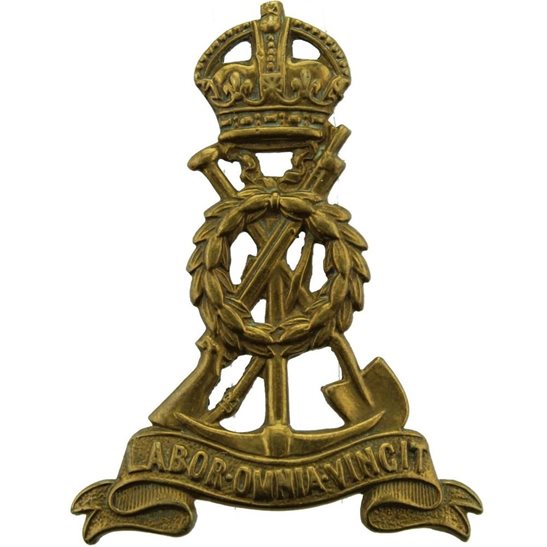Personal Details
Born: In 1876 or 1877 in Malpas, Cheshire and baptised on 8 April 1877 in St Oswald’s Church, Malpas.
Family: He was the son of Jane Jackson. He married Mary Elizabeth Jones on 9 September 1915 in Oswestry, Shropshire and together they had two children – Gladys May and Leslie C.
Residence: In 1881 he was living in Malpas with his mother and grandfather; in 1891 he was a servant boarding at Danson’s Farm in Whitchurch, Shropshire. His attestation in 1917 said that he resided at 12 Barlow’s Yard, Whitchurch, and the 1919 Absent Voters’ Register had him living at 12 Welch’s Yard (we suspect these were the same property).
Employment: He was a servant in 1891.
Died: In 1929 at Deermoss House, Whitchurch, aged 53, and was buried in Whitchurch cemetery on 15 January the same year.
Military Details
Regiment: Labour Corps (previously Royal Fusiliers)
Rank: Private
Service Number: 379419 (previously 65635)
Date of Enlistment: 19 June 1917
Date of Discharge: 9 February 1919
Reason for Discharge: Demobilisation
Charles was awarded the Campaign Medals (British War Medal, and Victory Medal).

The British War Medal (also known as 'Squeak') was a silver or bronze medal awarded to officers and men of the British and Imperial Forces who either entered a theatre of war or entered service overseas between 5th August 1914 and 11th November 1918 inclusive. This was later extended to services in Russia, Siberia and some other areas in 1919 and 1920. Approximately 6.5 million British War Medals were issued. Approximately 6.4 million of these were the silver versions of this medal. Around 110,000 of a bronze version were issued mainly to Chinese, Maltese and Indian Labour Corps. The front (obv or obverse) of the medal depicts the head of George V. The recipient's service number, rank, name and unit was impressed on the rim.
The Allied Victory Medal (also known as 'Wilfred') was issued by each of the allies. It was decided that each of the allies should each issue their own bronze victory medal with a similar design, similar equivalent wording and identical ribbon. The British medal was designed by W. McMillan. The front depicts a winged classical figure representing victory. Approximately 5.7 million victory medals were issued. Interestingly, eligibility for this medal was more restrictive and not everyone who received the British War Medal ('Squeak') also received the Victory Medal ('Wilfred'). However, in general, all recipients of 'Wilfred' also received 'Squeak' and all recipients of The 1914 Star or The 1914/1915 Star (also known as 'Pip') also received both 'Squeak' and 'Wilfred'. The recipient's service number, rank, name and unit was impressed on the rim.

